LA, Miami and Dallas stake their claim in the US art market
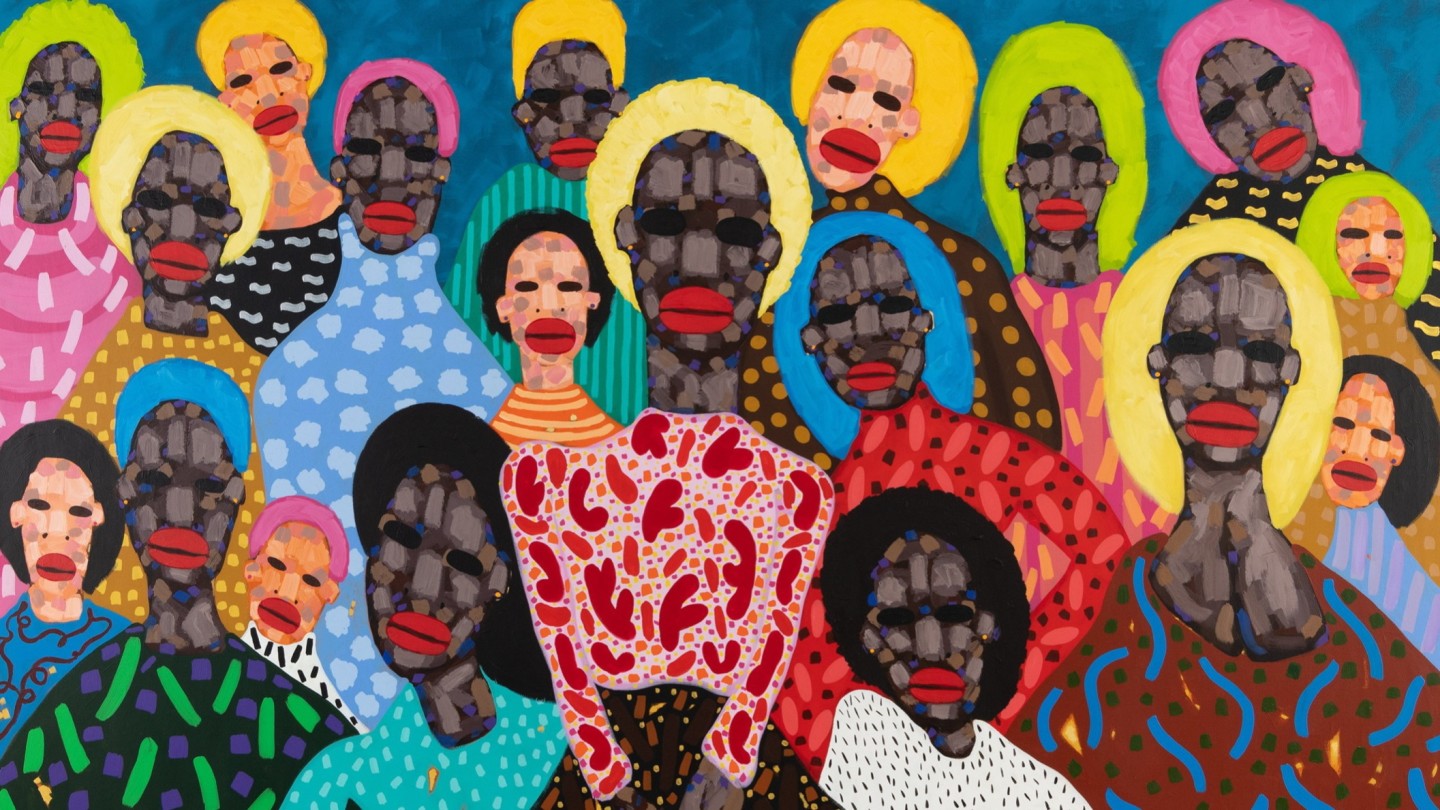
Roula Khalaf, Editor of the FT, selects her favourite stories in this weekly newsletter.
“Ten years ago, it was sort of frowned upon if you were a gallery outside cities like New York or London,” says Miami gallerist Nina Johnson, “but now the script has completely flipped. We’re seeing a lot of those people more frequently, physically in the gallery.”
As a result of major tech and finance companies either working remotely during the pandemic or relocating to Florida for its favourable tax laws, she witnessed a surge in former New Yorkers and Californians moving to the city. Johnson even assembled a local culinary and historical guide for “clients and prospective clients”, she says, who had recently arrived from abroad or out of state.
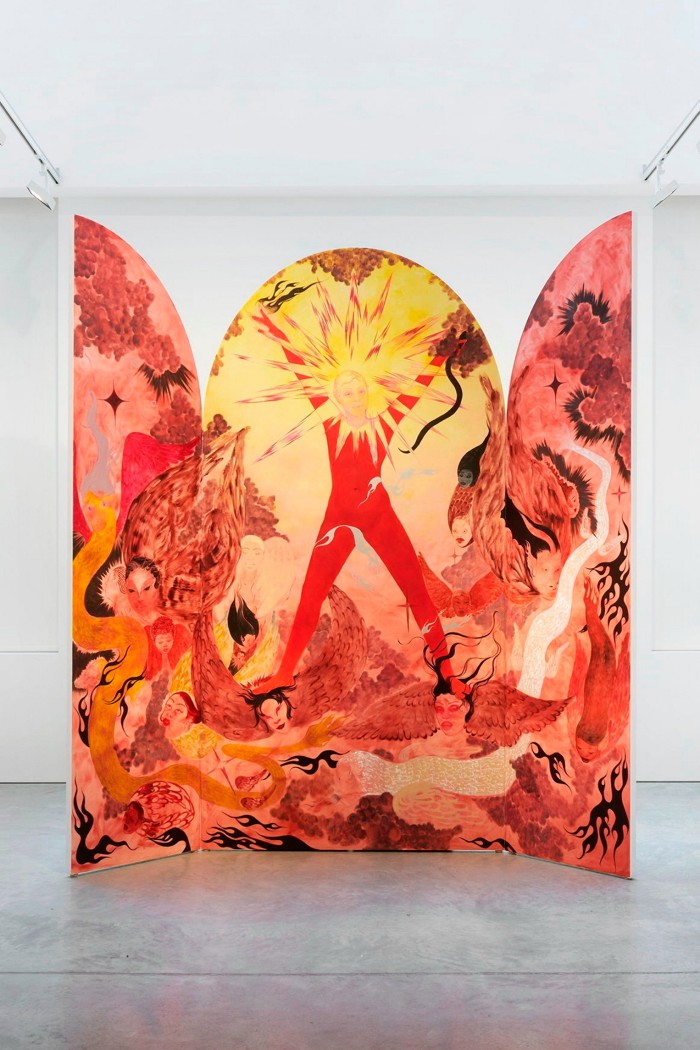
As the latest edition of Frieze New York opens next week, New York City remains the art-world capital of the US, with 37 per cent of the country’s commercial galleries. (Los Angeles follows with 10 per cent, San Francisco 5, Chicago 4, Miami 3 and Boston and Dallas both 2, according to a UBS study from 2022.) But as the result of pandemic-era migration among wealthy individuals, both regional and international dealers have been rethinking their approach in these cities and increasing their flexibility.
Early on in the pandemic, even as many Americans struggled economically, wealthy individuals were able to retreat from major cities to their vacation homes, and top-tier galleries were quick to follow. Aspen pop-ups from Lehmann Maupin, Almine Rech and Galeria Mascota, as well as Hamptons outposts of Pace, Lisson and Michael Werner, have all since run their course — not all having found it easy to sell there. In Aspen, “collectors were more interested in browsing and less focused on buying,” says one dealer speaking anonymously. “Closing the deal proved to be more challenging.”
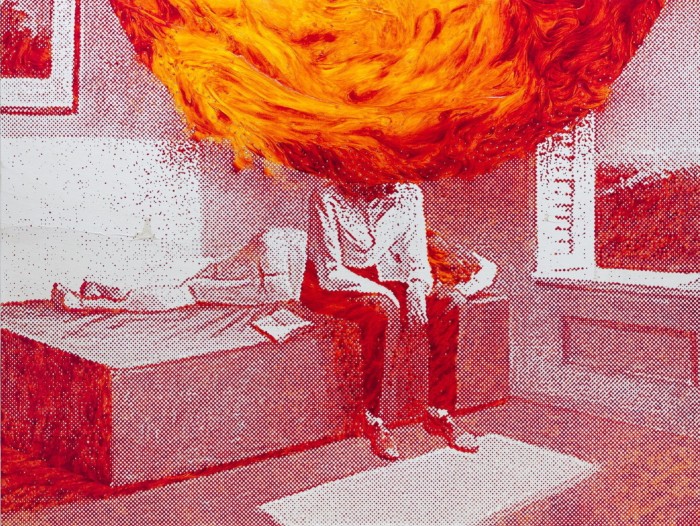
Two hours north of Miami, the ultra-wealthy vacation hub of Palm Beach, Florida, yielded a different outcome, where pandemic-era extensions of Pace, Acquavella, White Cube, Lehmann Maupin and more continue to flourish. “Sales spiked in 2020 and 2021, and while some of that buying craze has tapered a bit,” says Lehmann Maupin partner Carla Camacho, “east-coast collectors who initially ‘wintered’ there are now full-time Florida residents.” It was no coincidence that companies such as Goldman Sachs, Citadel and BlackRock had also moved into nearby West Palm Beach in droves, earning the area the title of “Wall Street South”.
The population of Florida grew by 707,000 between 2020 to 2022, according to US Census data, just as California and New York shrank by more than half a million each. Reasons for these moves were myriad, whether it was a desire for larger, more affordable housing; conservative politics; or more lenient tax laws. While these moves coincided with “a sharp increase” in sales for David Castillo, the longtime Miami gallerist attributes his uptick in business to his existing collectors’ newfound enthusiasm for buying “via images”, ie digitally. “As for new Miami residents,” he adds, cultivating new client relationships “is always a slower process”.
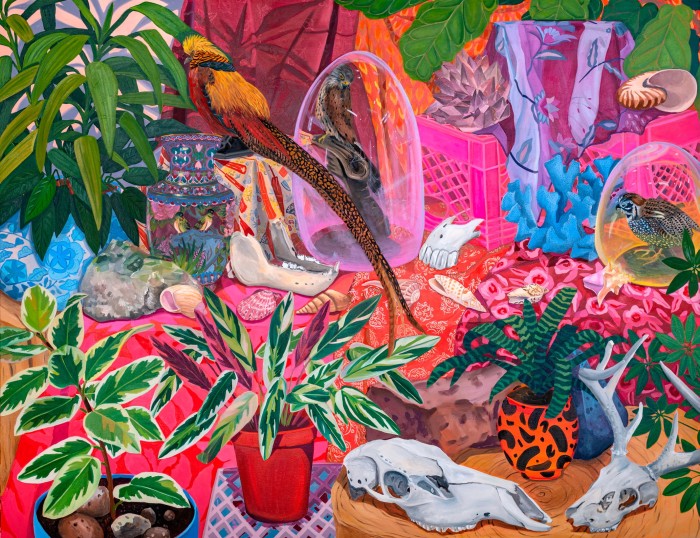
Away from the coasts, back-to-back April fairs Expo Chicago and Dallas Art Fair play to different strengths. Expo Chicago director of programming Kate Sierzputowski describes her city as “institutionally aligned”, citing its historical foundation of museums, art schools and artist-run spaces. Dallas, meanwhile, is home to “major players”, says LA gallerist François Ghebaly, referring to its robust community of world-renowned collectors.
Texas grew by almost 900,000 from 2020 to 2022, with notable corporate arrivals including Tesla, Hewlett-Packard and other Silicon Valley operations. Consequently, “we’re seeing high-level collectors moving in from both coasts,” says Dallas Art Fair director Kelly Cornell. “We had a whole year of engagement prior to the fair, making sure we were bringing them in.” There’s been a small influx of galleries, including LA’s Various Small Fires and Meliksetian Briggs, both of which already had connections to the area. And in April James Cope of And Now gallery launched Dallas Invitational, the city’s first satellite fair. “It was all familiar faces, and that’s a good thing,” he says, echoing Castillo’s sentiments. “My business is based on relationships I’ve developed over the past 20 years, not transplants who have moved to Dallas in the last two to three.”
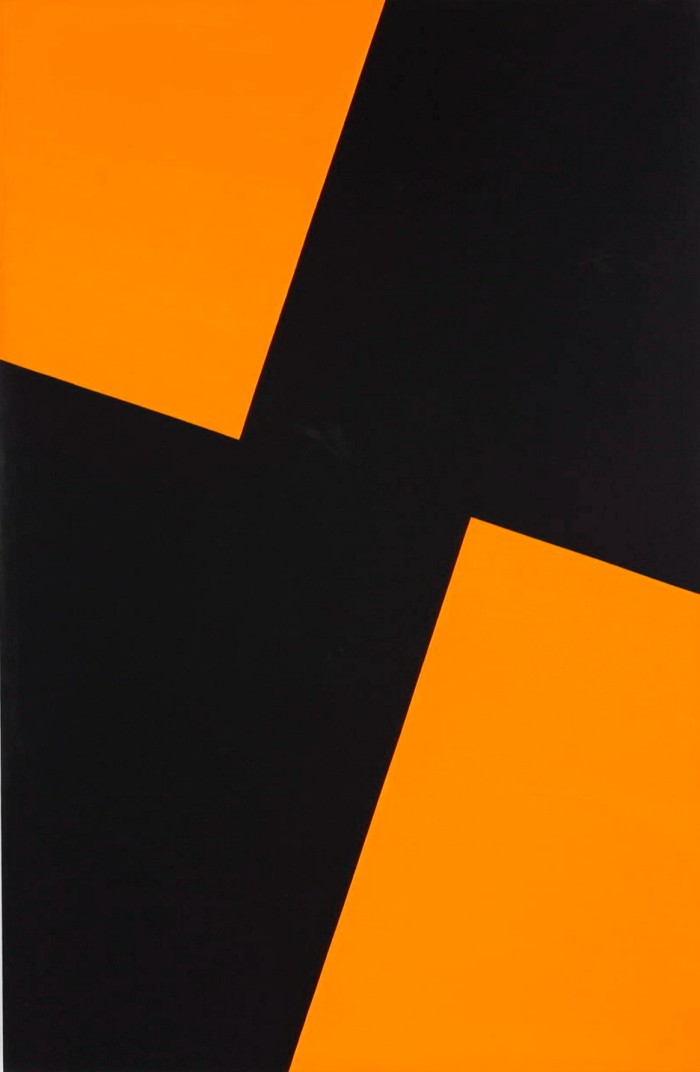
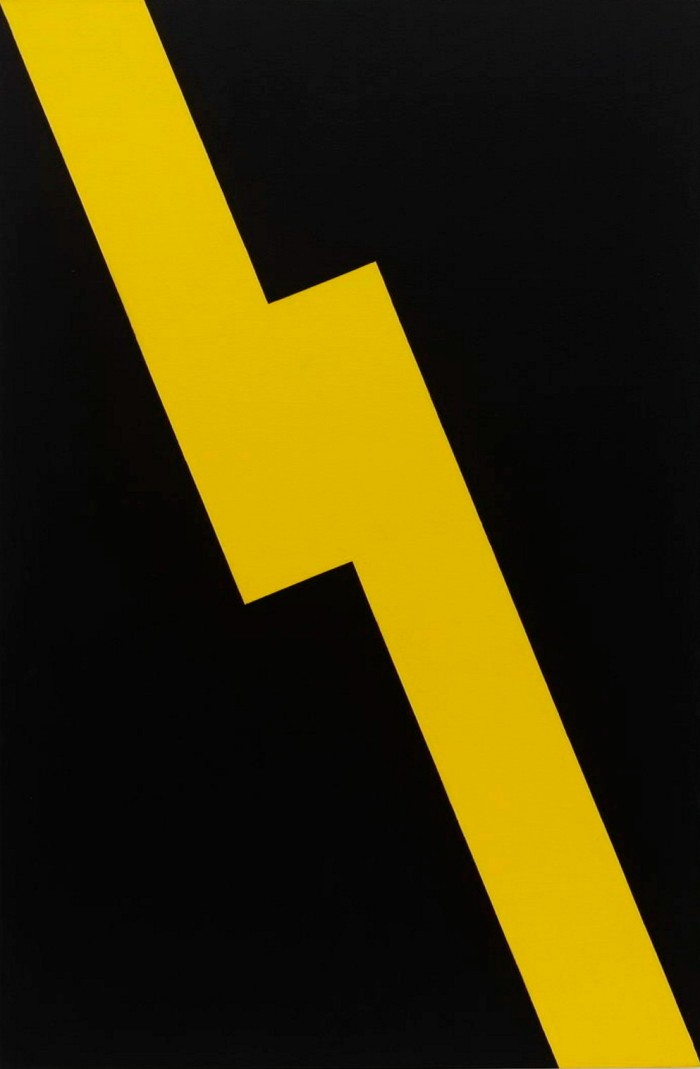
The most dramatic shift in the US art economy is now taking place in Los Angeles, where top-tier galleries including Marian Goodman, David Zwirner, Sean Kelly and Lisson are opening for the first time. Locally established galleries such as Night, François Ghebaly and Hauser & Wirth are also expanding within the city. Dealers have described young tech employees decamping from the Bay Area as an expansion of LA’s collector base, but Ghebaly has seen few changes in his clientele. “What has changed is that the industry as a whole has been thriving,” he says.
Huge pandemic sales were driven in part by “wild speculation with emerging artists” as well as the speed and convenience of remote transactions, says Gagosian Beverly Hills director Harmony Murphy. Stuck at home, “collectors began to trust the online process of Zoom and FaceTime viewings,” adds New York-based art adviser Jessica Arb Danial.
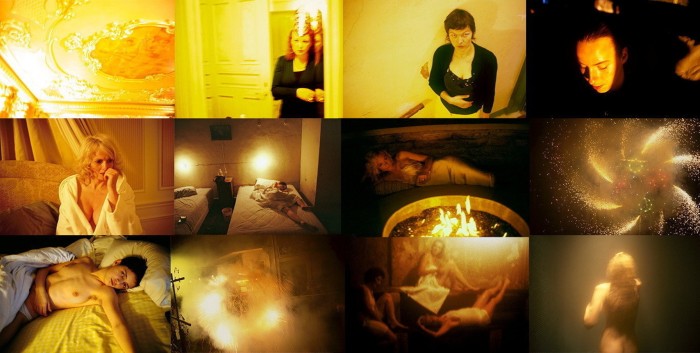
The booming market positioned dealers across the board for expansion, and LA was ideal for a variety of reasons. The city boasts countless artists awaiting representation, an established collector base and accessibility from all over the world. “New galleries are not just here to rely on Los Angeles and the local ecosystem, but as part of a global strategy,” says Ghebaly.
Further up the coast, both Gagosian and Pace closed their Bay Area locations to concentrate their west-coast operations in LA. Despite this, and the recent closure of the San Francisco Art Institute, San Francisco gallerist Micki Meng says media reports of doom and gloom are largely exaggerated; she points to the recent opening of both ICA San Francisco and her own second location as evidence. “Some of the best collections in the US are in San Francisco,” adds Sean Kelly partner Thomas Kelly, “and those people haven’t left.” Whether millennial “buyers” from the tech industry mature into “collectors”, adds one LA dealer, has yet to be confirmed.
As business as usual resumes, “people are still buying a lot of art, but with a caution that was sort of lost during the frenzy of the pandemic,” says Murphy. Cities are also facing the effects of the migration of wealth in an already precarious economy. One Dallas dealer laments a newfound scarcity of dinner reservations and — on a more serious note — the rising cost of housing.
Still, since former Angelenos Anna Meliksetian and Michael Briggs opened their eponymous gallery in Dallas in January, they’ve experienced the utmost hospitality, says Briggs, as well as “an incredible hunger for new art.” They moved after the lease on their decade-old LA space had expired and found that in Dallas, “you get more bang for your buck.” They hope eventually to find an LA space that’s both affordable and suitable in order to be closer to their artists, but “with the New York galleries coming in, demand for spaces is high”, Briggs says. “We’ll just let things simmer down, and try to find something a little down the road.”
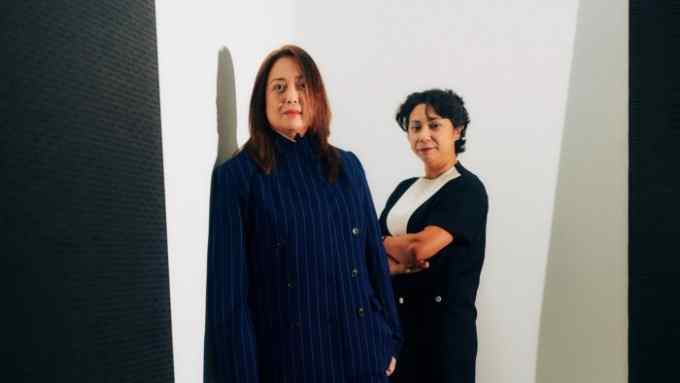
Comments